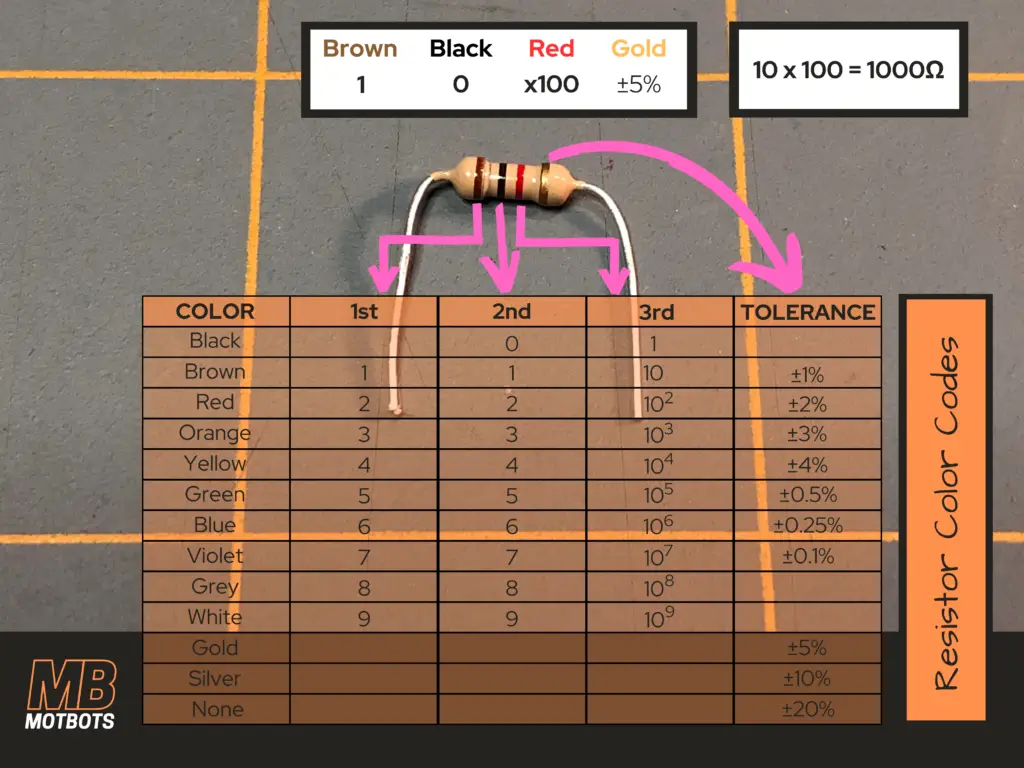
Multimeters in a Nutshell: What They Are, What They Can Do and How To Use Them
A multimeter is a testing device that measures electrical properties and provides readouts of values pertaining to the electrical property being measured.
The multimeter is a tool used by hobbyists, by those in the electrical and electronics industry, and by people in other industries — where measurements of electrical properties such as voltage, current and resistance are prevalent values important to knowing the characteristics of a circuit.
People Who Use Multimeters
- Electricians
- Electronics Technicians
- HVAC Technicians
- Mechanics
- Hobbyists
Electrical Properties The Multimeter Measures
- Voltage: Voltage is the potential difference between two points in an electrical circuit. Voltage is measured in volts (V). Multimeters can measure voltages from devices using alternating current (AC) — items that use a mains wall outlet, for example — and measure voltages from devices using direct current (DC) — battery powered items, for example.
- Current: Current is the rate of flow of charged particles, such as electrons through a conductor — or the flow of electricity through a wire, for example. Current is measured in amperes or amps (A). Multimeters typically can measure both alternating current (AC) and direct current (DC).
- Resistance: Resistance is a measure of the ability of a component or device to resist or oppose current flow in an electrical circuit. Resistance is measured in ohms (Ω). A break or open in a circuit would provide a reading of infinite resistance. An ideal conductor in a circuit, such as a wire would provide no resistance in a circuit — or a reading of 0Ω.

- Diode Test: The diode test offers the ability to test diodes and their voltage drops. Diode test readings offers insight into the measured diode’s proper forward or reverse bias voltage drops. In the case for LEDs (light-emitting diodes), their functionality can be tested by offering a small voltage to them via the multimeter to see if they light up when forward biased.
- Continuity Test: Multimeters check for what’s called continuity — the property of a circuit to continue the flow of current without any breaks or opens in the circuit. A continuity test confirms that there is connection between the two probes of the multimeter placed in a circuit. This confirmation is often signaled to the user as an audible beep sound from the multimeter. You can test continuity of the probes of the multimeter by touching them together.
Common Multimeter Symbols
| Symbol | Description | Example Measurements |
| V⎓ | DC voltage measured in Volts (V) | DC voltage measured across a battery or across a component and ground in a circuit. |
| V⏦ | AC voltage measured in Volts (V) | AC voltage coming from wall outlet of your house. |
| A⎓ | DC current measured in milliAmps (mA) or Amps (A) | DC amperage measured between an open section of a circuit, such as a break in a live wire or a break between a component and live wire. |
| A⏦ | AC current measured in milliAmps (mA) or Amps (A) | AC amperage often measured through magnetic induction with a clamp ammeter, clamped around a live wire in a circuit. |
| Ω | Resistance measured in Ohms (Ω) | Resistance measured across a component, such as a resistor not within a circuit. |
| Diode Test | A measurement of a diode’s forward bias voltage drop across its terminals. | |
| Continuity Test | A measurement to determine a continuous connection within a circuit to allow for current to flow between the meter’s probes. |
Different Types of Multimeters
- Analog Multimeter: Although less common, analog multimeters provide similar measuring features as their digital counterparts — measuring basic electrical properties such as voltage, current and resistance. The one shown below also provides a dB scale for transistor gain measurements. Analog multimeters have a display that show a scale of the different electrical properties pointed out by a needle. You take measurements using a couple of probes connected to the multimeter and based on the electrical property you are measuring, wherever the needle is pointing on the display, that is the value of the electrical property.

- Digital Multimeter: Digital multimeters (DMMs) display digital readouts of electrical properties on a liquid-crystal display or LCD. DMMs are more common and provide more accurate measurements of electrical properties than the analog multimeter. DMMs can also provide other measuring capabilities for components like diodes and transistors.

Safety Precautions When Using a Multimeter
Any time you are messing with electrical devices or equipment, proper safety precautions and measures should be taken — this holds especially true when using a multimeter on such devices or equipment. There are potential safety hazards when using multimeters for any application involving electricity. It is important that you consult your user manual for comprehensive information on your multimeter and follow the proper procedures it provides. The user manual of your multimeter should also provide the correct safety precautions and operations limits of your multimeter. To comply with these safety measures and guidelines will ensure safe and accurate readings.
A General Guide to Setting up a Multimeter for Use
Be sure to refer to your user manual for proper procedures and guidelines before using your multimeter. The following is a general guide to using a typical multimeter:
- Connecting The Red Probe: Connect the red probe of your multimeter into the correctly labeled terminal of the electrical property you are to be measuring. For instance, if you are measuring voltages, be sure to insert your probe into the labeled terminal of your multimeter to be able to correctly measure voltage (V).
- Connecting The Black Probe: Connect the black probe of your multimeter into the terminal of the multimeter correctly labeled “COM” for common. Think of it as your multimeter’s “ground” terminal — it’s a way of completing a circuit through the probes and meter.
- Setting The Dial: Be sure that you correctly set the dial of your multimeter to the correct electrical property you are to be measuring. For example, if you are measuring a 9V battery, be sure to set the dial on DC volts (V⎓) and to a voltage range labeled higher than 9V, such as 20V and not to a smaller voltage range, such as 2V.

- Taking Measurements: Once you’ve installed your probes into their correct terminals and set up you multimeter dial for the electrical property you are to measure, at this point you should be ready to make your measurements. Before doing so, be sure that you have referred to your multimeter’s user manual for proper procedures to measuring the particular electrical property to be measured.
Conclusion
If you’ve completely read this article, you should have the gist of what multimeters are, what they do and how to use one. Multimeters are special devices important for allowing the possibility of reading electrical properties of circuits, and of electrical devices and equipment — via a couple of probes and a display. Multimeters are an essential tool — not only for electricians and electronics technicians, but for hobbyists as well. Without them, troubleshooting electrical devices would be difficult if not near impossible. We are fortunate to have such a tool available to us and for it to do what it is designed for.
We appreciate you stopping by. Remember to stay motivated and keep at it!
